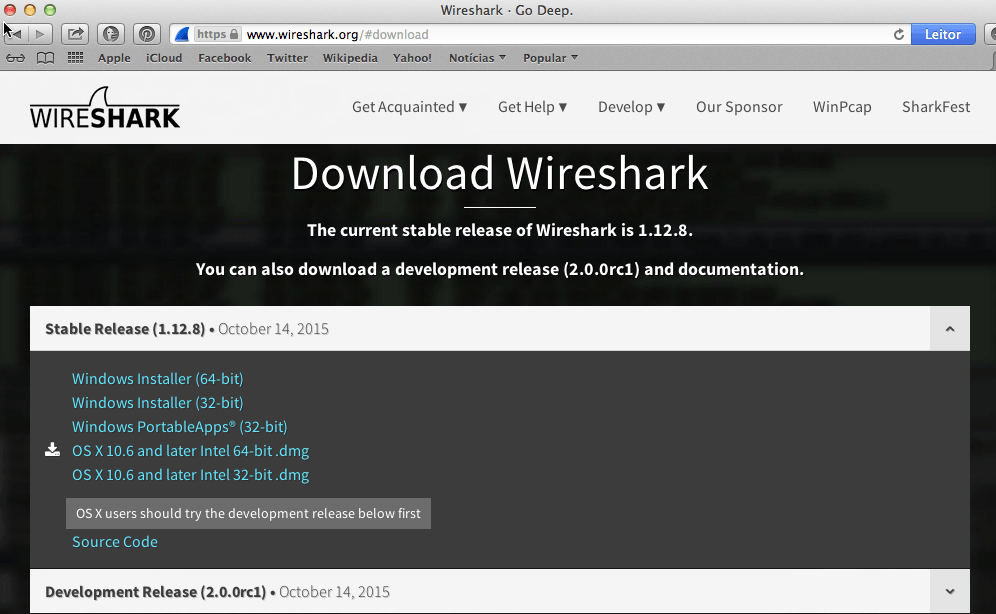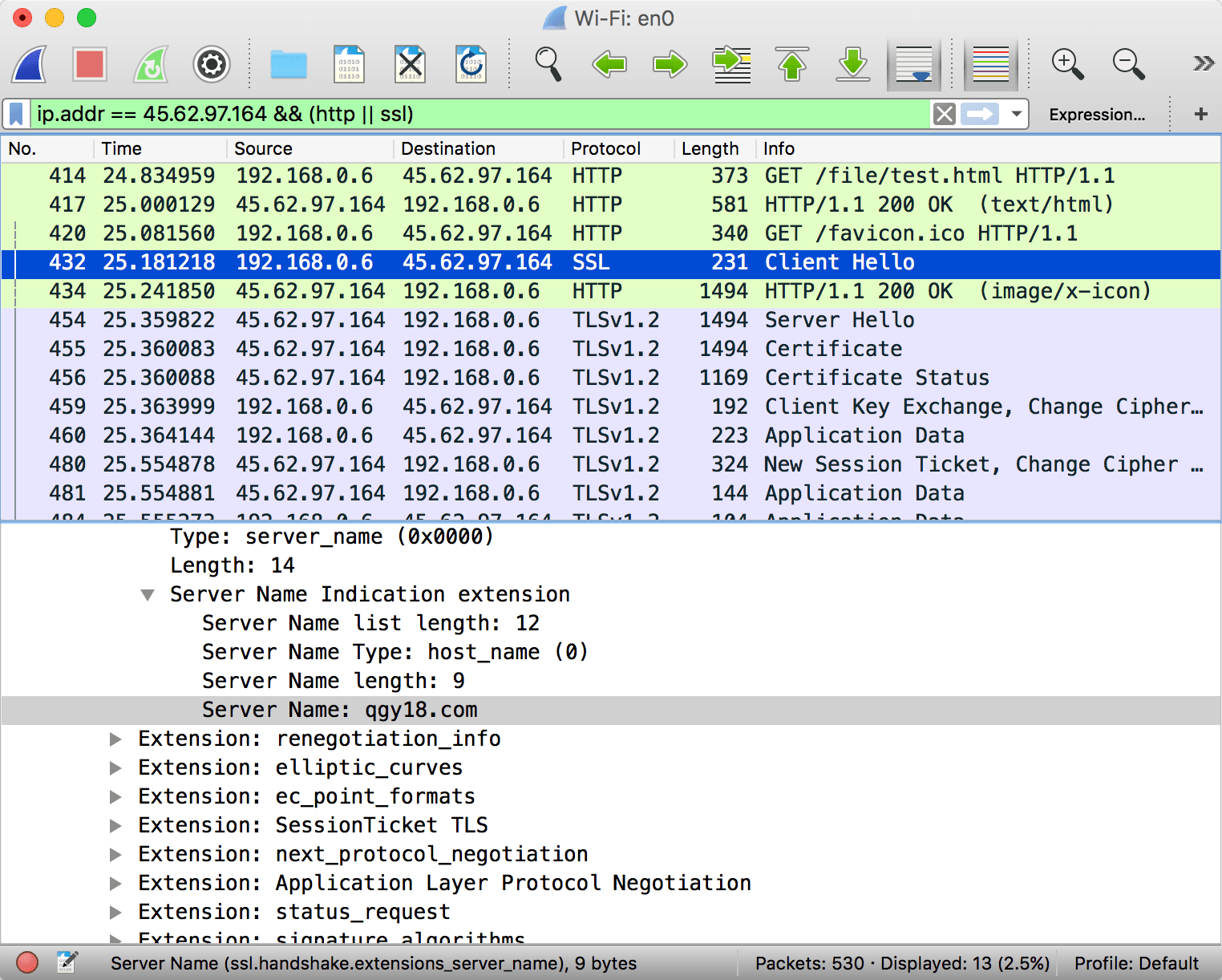

Inherently it uses the same level of encryption you would get on an HTTPS web page. But, if you do go for SMB, at least your print jobs will be encrypted over the network. In all honesty, managing SMB printers on a Mac, whether it is BYOD or a managed device is often not worth it. LPR/LPD is not encrypted, and if you’ve made it this far through this article, it would appear that security is important to you so let’s just skip this one and not use it. MacOS computers print to Windows print servers on one of the following protocols: More information about SMB security on Windows is covered in this article. Set-SmbServerConfiguration –EnableSMB1Protocol $false

Get-SmbSession | Select Dialect,ClientComputerName,ClientUserName | Where-Object įinally, let’s pull the trigger and switch off SMB1 with this command:

Once you think no one is using SMB1, you can be sure about this by double checking and running the following command on your server: Don’t worry, they will love you for it - who doesn’t like a new laptop anyway? That is rhetorical, you don’t have to comment their name if you know someone. You may need to go through the necessary change management processes of your organization to get those users moved over to newer machines and/or operating systems. BUT… if you have clients running Windows 98/ME, Windows 2000, Windows XP and Windows 2003 on your network, then printing and copying files to this server will stop working. Recommended practice: consider switching off SMB1 on your server. SMB is encrypted, well that is since SMB2, which was made even more secure with the introduction of SMB3. There is good news! Out of the box, Windows printing system uses Server Message Block (SMB) to print spool files to the server, which is the same protocol used for file sharing. Here is a quick summary of areas that we’ll be covering, so you can jump to a specific one if you wish to: This article promised to be a “comprehensive guide” so let’s get into the detail and get your print jobs secure.


 0 kommentar(er)
0 kommentar(er)
